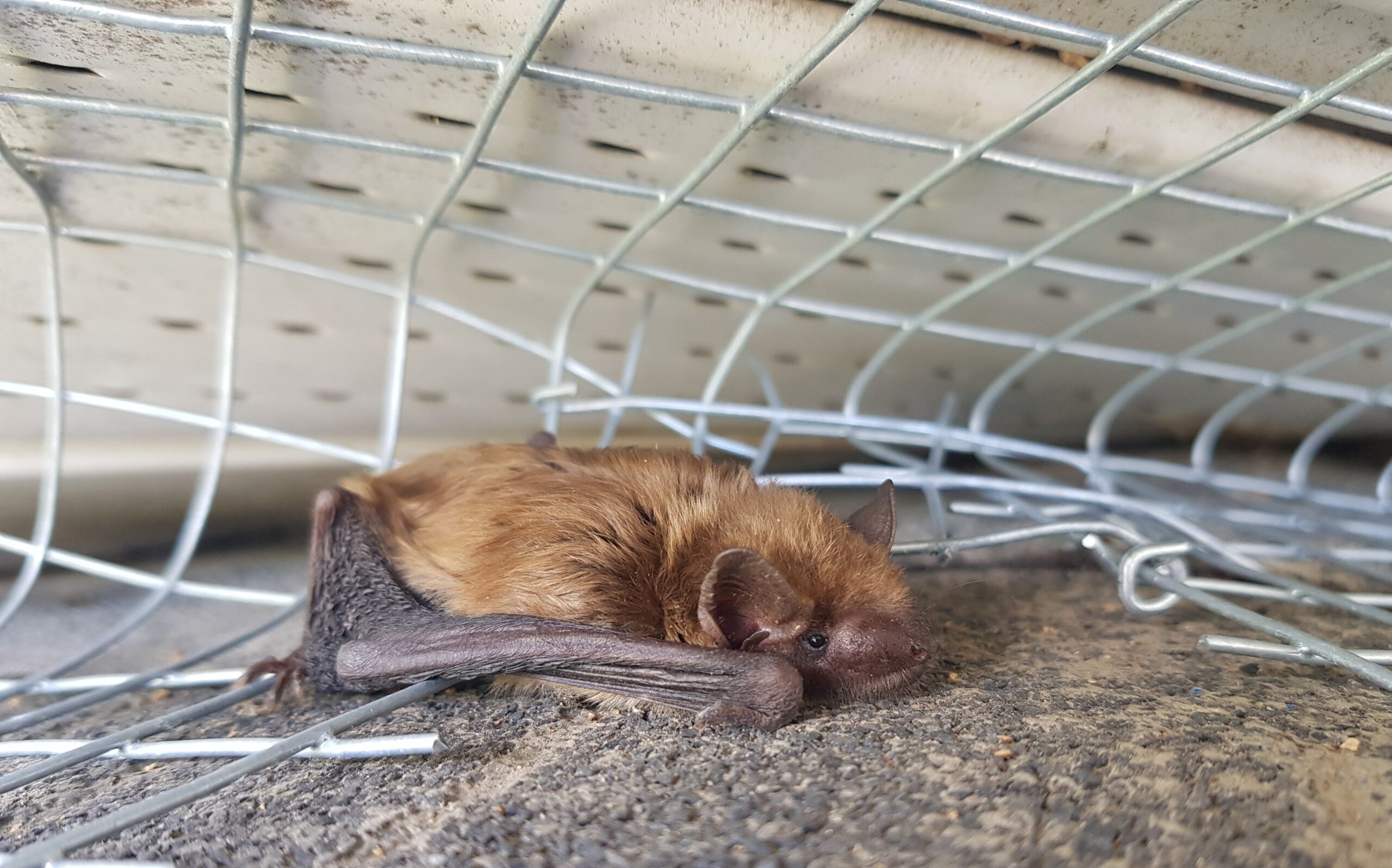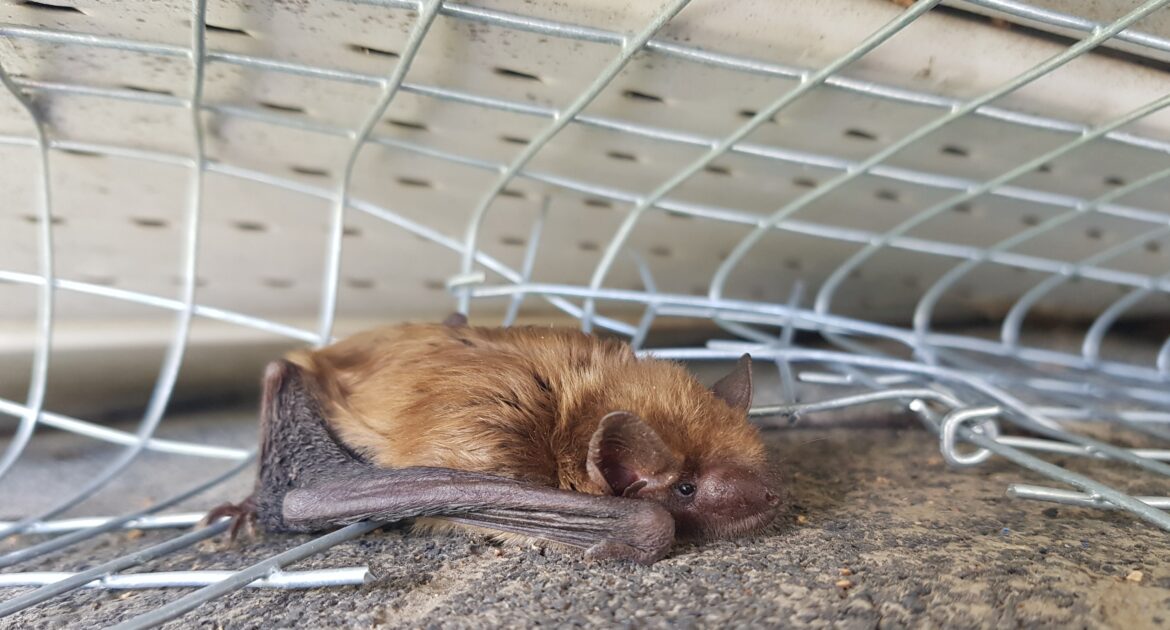Bats are truly fascinating creatures. They’re the only mammals capable of sustained flight, and they play a critical role in our ecosystems by controlling insect populations and pollinating plants. However, when they decide to make their homes in our attics or walls, it can lead to a serious situation known as a bat infestation. Dealing with these animals is not just about the nuisance; it’s about understanding and managing the potential health risks that come along with them.
Bats can carry diseases, like rabies, which, although rare, can be dangerous to humans and pets if transmitted through bites or scratches. They also leave behind bat guano (poop), which can harbor a fungus that causes histoplasmosis when inhaled. Histoplasmosis can affect the lungs, leading to respiratory issues, especially in people with weakened immune systems.
The safest way to handle an infestation is to call professionals who specialize in wildlife removal in Minneapolis. We have the expertise and equipment to safely remove bats and their droppings, helping to safeguard your family’s health and restore peace to your home. It’s important to act quickly at the first sign of an infestation to minimize the risks and damages.
The Hidden Dangers of Bat Guano
Beyond the unwelcome presence of bats in attics or walls, the real threat lies in what they leave behind. Guano isn’t just messy—it’s potentially harmful. This substance can harbor a fungus responsible for histoplasmosis, a lung infection that’s especially risky for people with weaker immune systems. When disturbed, these droppings can release spores into the air, which, when inhaled, lead to the infection. Symptoms might include fever, cough, and fatigue, mirroring those of the flu, thereby complicating diagnoses.
Bat nests in a house amplify these health risks simply because of the potential accumulation and disturbance of guano. The issue isn’t just with physical contact. Activities like cleaning or simply moving stuff around in an attic can kick up dust containing these spores, making it easy to breathe them in without realizing it. That’s why cleaning up after these animals is a job best left to professionals equipped with the right gear and know-how. In doing so, you not only protect your home but also ensure the health and safety of everyone living in it.
The Threat of Rabies
Rabies is another serious concern when it comes to bats living a little too close for comfort. Now, rabies might sound like a distant worry, but it’s a real risk if bats have decided to bunk in your house. These creatures, as cute as they can be from afar, are among the most common carriers of rabies in the wild. This doesn’t mean every bat is infected, but the possibility is there.
The main way rabies spreads is through bites or scratches from an infected animal. While it’s rare for people to get up close and personal with these animals, accidents happen. Maybe a bat feels cornered and acts defensively, or perhaps someone unknowingly comes into contact with a bat hiding in an attic or wall space. If someone does get bitten or scratched, it’s important to take it seriously.
Rabies is no joke—it’s almost always fatal once symptoms show up. But here’s the good news: it’s preventable with quick medical attention, including a series of rabies shots. Better safe than sorry, right? Keep a lookout for bats, and always err on the side of caution if there’s any chance of contact.
Unwelcome Guests Brought in by Bats
Bats play a crucial role in our ecosystem, but their presence in homes can lead to unintended consequences, such as the introduction of fleas, mites, and ticks. These pests, carried inadvertently by these animals, can infest living spaces, leading to potential health issues for residents, including irritating bites and the spread of diseases.
It’s essential to address this issue with a focus on humane and environmentally sensitive methods. Instead of resorting to harmful wildlife control tactics, homeowners should consider hiring Skedaddle for humane removal services. These experts are equipped with the knowledge and tools to safely remove bats from homes, minimizing harm to the animals and ensuring they can continue to contribute to their natural roles in the ecosystem.
By prioritizing humane removal and exclusion techniques, it’s possible to resolve issues with bats and their pests effectively, safeguarding human health while preserving the important ecological benefits that these animals provide.
The Importance of Professional Help for Bat Removal
Dealing with a bat infestation is tricky, and that’s where we come in. At Skedaddle, we specialize in humane wildlife removal in Minneapolis, ensuring that these nocturnal visitors are treated with the respect they deserve while also prioritizing your family’s safety and peace of mind. Why hire Skedaddle? Because we understand bats. We know that simply removing them isn’t enough. Our approach includes a thorough inspection of your home to identify entry points and potential areas of vulnerability. Then, using our knowledge and expertise, we employ hands-on techniques to encourage bats to move on without harm.
But we don’t stop there. After ensuring they have vacated, we focus on preventative measures. This means securing your home against future invasions, giving you the assurance that your problem is solved for good. Our methods are effective because they’re based on an understanding of bat behavior and biology, ensuring that we handle the situation in a way that’s safe for everyone involved—bats included.
Choosing Skedaddle for your wildlife removal needs means opting for a solution that’s ethical, effective, and enduring. We don’t just solve the problem temporarily; we ensure it doesn’t recur, allowing you to enjoy a bat-free home without compromising the well-being of these essential creatures.
Preventing a Bat Infestation
Preventing an infestation is all about being proactive rather than reactive. It’s way easier to prevent them from entering your home than it is to figure out how to get rid of bats once they’ve settled in. Here are some tips to keep these animals at bay:
- Inspect Your Home Annually: Start with a thorough inspection of your attic, roof, and exterior walls. Look for any cracks, gaps, or holes as small as a dime. Bats don’t need much space to squeeze through.
- Seal Entry Points: Once you’ve identified potential entry points, seal them up. Use caulk for smaller gaps and mesh wire or metal flashing for larger openings. This step is crucial in bat-proofing your home.
- Maintain Your Yard: Keep your trees trimmed and away from the house. These animals often use branches as a launching pad to your home’s attic or upper windows.
- Install Bat Houses: Surprisingly, one effective way to keep them out of your house is by providing an alternative. Bat houses placed in your yard give them somewhere else to live, keeping them away from your living spaces.
- Check Chimneys and Vents: Ensure that chimneys have caps and vents are covered with mesh screening, preventing bats from using these as entry points.
Remember, the key is to stay vigilant and keep your home maintained to avoid giving bats a chance to move in. If you do end up with an infestation, professional removal services are your best bet for safe and humane handling.
Safeguard Your Home: Choose Skedaddle
While bats play a vital role in our ecosystem, their presence inside our homes can lead to health risks and unwanted guests. Understanding how to coexist safely with these creatures, preventing their entrance, and effectively dealing with an infestation requires a careful and knowledgeable approach.
The importance of professional wildlife removal in Minneapolis cannot be overstated when it comes to handling bats in your home. Skedaddle offers a humane, effective solution that not only removes these nighttime flyers but also prevents their return, ensuring your home remains a safe and comfortable environment for your family. Remember, the key to living bat-free is vigilance in home maintenance and the expertise of professionals when needed.
If you suspect you have a bat problem, don’t wait. Contact Skedaddle today to ensure your issues are resolved humanely and effectively, keeping your home safe and contributing to the balance of our local ecosystem.





